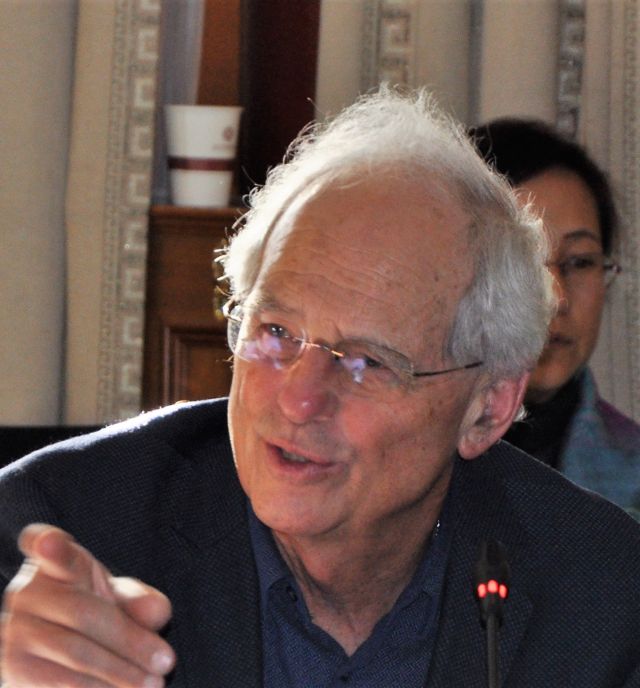Aging in America Lecture Series: Economics of Aging and Longevity

Population Aging and the Economy Around the World
Populations around the world are aging with important consequences for their economies. First, aging shrinks the size of the pie. Aging populations and their labor forces grow more slowly or decline, reducing the growth rate of GDP. Further, the share of the population working tends to decline as the proportion elderly rises. But at the same time, rising capital per worker lifts productivity for the smaller workforce. On net, per capita GDP may rise or fall. Second, aging changes the division of the pie. The changing balance of donors and recipients unbalances public and private redistribution of income across ages and generations. Support systems must be restructured to be sustainable. Countries like France, Germany and the US apportion public costs of aging differently across the generations. Individuals may respond to longer life and lower fertility by saving more, working more in the market, or retiring later. National Transfer Accounts help to evaluate the impacts of aging. Others raise Keynesian worries that aging may bring secular stagnation with declining real interest rates and rising unemployment. My general conclusion is that at an abstract level, the costs of population aging are not large or overwhelming, but on the ground much needs to be done to adjust and prepare our policies, institutions, and behaviors to accommodate the rapidly growing number of elderly. In some countries like the US, needed adjustments will likely be smaller (unless health care costs continue to rise relative to GDP) than in other countries where the elderly rely more heavily on public transfers and fertility is lower. Adjustments will take different forms in different countries, with costs of aging falling harder on workers, on children, or on the elderly, with some countries sharing the costs more equally.
Biography
Ronald Lee is a demographer and economist, with a MA in Demography from Berkeley and a Ph.D. in Economics from Harvard. Since 1979 he has been at the University of California at Berkeley, currently as a Professor of the Graduate School in Demography and Economics. He is the founding Director of the Center for the Economics and Demography of Aging at Berkeley, now Associate Director. Throughout his career, he has taught economic demography. His current research focuses on the macroeconomic consequences of changing population age distributions and on intergenerational transfers and population aging. For 20 years he co-directed with Andrew Mason the National Transfer Accounts project, which includes collaborating research teams in more than 60 countries, and estimates intergenerational flows of resources through the public and private sectors (NTAccounts.org). He continues to work on modeling and forecasting demographic variables including mortality and on evolutionary biodemography, in particular the role of intergenerational transfers in evolutionary life history theory. From 2010-2015 he co-chaired a National Academy of Sciences Committee on the Long-run Macroeconomic Effects of the Aging U.S. Population and the effects of socioeconomic differences in life expectancy on distributional aspects of federal transfer programs like Social Security . He is an elected member of the US National Academy of Sciences, American Association for the Advancement of Science, American Academy of Arts and Sciences, the American Philosophical Society, and a Corresponding Fellow of the British Academy; he is a former President of the Population Association of America and a Laureate of the international population association (IUSSP). He holds honorary doctorates from the universities of Lund and Montreal.